Top Development Boards in 2025 for AI, Robotics and IoT
Choosing the right development board can be the difference between a smooth build and constant roadblocks. Whether you're starting out or scaling up to robotics, automation, or AI, matching your project’s needs to the right hardware is key.
In this guide, we’ll go beyond technical specs to help you choose the best board by use case, from entry-level microcontrollers and powerful Linux SBCs to wireless-enabled platforms for IoT and robotics. Whether you're building a remote-controlled rover, a smart home hub, or an edge AI system, there's a dev board that fits.
Backed by insights from the Electromaker community and shop, we’ll walk through today’s top picks for embedded development, wireless connectivity, AI applications, and more, all with real-world development in mind.
Featured development boards:
- Arduino Uno R4 (Minima + WiFi) – Beginner-friendly, classic Arduino form factor with modern upgrades
- Raspberry Pi Pico W 2 – Budget hybrid board with WiFi and BLE support, ideal for both beginners and prototypers
- STM32 Nucleo F401RE – An industry-standard development platform with pro tooling
- Jetson Orin Nano – AI-ready Linux SBC with GPU acceleration for vision, ML, and robotics
- ESP32-S3 – A dual-core WiFi + BLE microcontroller for full-stack IoT
- Arduino MKR1310 – LoRa-enabled board with beginner-friendly libraries and docs
Whether you’re into microcontrollers or edge AI, smart sensors or autonomous bots, this guide helps you pick the right board and wireless protocol to power your next project.
Beginner Boards — Learn, Build, Repeat
Getting started with embedded development doesn’t need to be intimidating. The best beginner boards are affordable, beginner-friendly, and nearly impossible to break, all while offering hands-on learning through popular tools like the Arduino IDE, CircuitPython, and MicroPython. If you’re learning to blink your first LED or wire up a basic sensor, these are the boards to start with.
Why These Boards Stand Out
- Gentle learning curve: Compatible with beginner-friendly languages like Arduino C++, CircuitPython, and MicroPython
- Hard to break: Built with robust components and designed to survive trial-and-error learning
- Backed by community: Thousands of tutorials, libraries, and example projects from fellow makers
🔗 Arduino Uno R4 WiFi

The Arduino Uno R4 WiFi builds on the legendary Uno form factor with modern upgrades, combining a Renesas RA4M1 32-bit microcontroller and an onboard ESP32-S3 co-processor for WiFi and BLE. This board is ideal for beginners who want a future-ready foundation with built-in connectivity and excellent documentation. It even features a 12x8 LED matrix for creative display outputs, plus native HID and Qwiic support.
Key Features:
- Renesas RA4M1 MCU (48 MHz, 32-bit Arm Cortex-M4)
- ESP32-S3 coprocessor for WiFi and Bluetooth Low Energy
- 12x8 LED matrix and Qwiic connector onboard
- USB-C port and HID support for plug-and-play interfaces
Ideal Applications:
- WiFi-connected dashboards or notification displays
- Sensor-based beginner projects with cloud integration
- STEM education, workshops, and IoT learning kits
🔗 Raspberry Pi Pico W 2

The Pico W 2 is the evolution of Raspberry Pi’s massively popular RP2040 board, now with built-in dual-core performance, upgraded wireless, and plug-and-play compatibility with MicroPython, C/C++, and CircuitPython. It’s a low-cost, high-impact board that’s great for learning embedded concepts, experimenting with sensors, or building smart gadgets with WiFi connectivity.
Key Features:
- Dual-core RP2040 @ 133 MHz with 264 KB SRAM
- Built-in WiFi + BLE for wireless IoT projects
- Low power consumption with deep sleep support
- Easy programming with USB and drag-and-drop firmware
Ideal Applications:
- Beginner automation and monitoring projects
- Battery-powered IoT sensors and smart devices
- MicroPython and CircuitPython learning environments
Intermediate Development — Power & Precision
Step Up Your Embedded Skills
Once you're comfortable blinking LEDs and reading sensors, it’s time to level up. Intermediate development boards give you access to advanced MCU features like peripheral configuration, interrupt handling, DMA, and even programmable I/O (PIO), essential for building real-world prototypes. These boards strike a balance between performance and accessibility, making them perfect for transitioning from learning to low-volume production.
Why These Boards Stand Out
- Peripheral access: GPIO, I2C, SPI, UART — plus ADCs, timers, and PWM
- Debugging & real-time control: Step-through breakpoints with ST-Link and IDE-level debugging
- Performance headroom: Clock speeds from 84–133 MHz with multithreaded or PIO-based logic
🔗 STM32 Nucleo F401RE
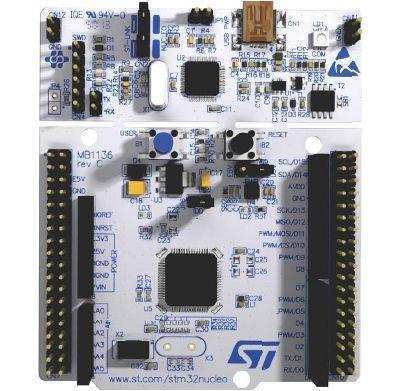
The STM32 Nucleo F401RE is an industry-grade development board that’s perfect for makers ready to go beyond Arduino-level abstraction. Built around the STM32F401RE MCU (an Arm Cortex-M4 at 84 MHz), it offers serious performance in a user-friendly form factor. With built-in ST-Link debugger, access to STM32CubeIDE, and full compatibility with the STM32 ecosystem, this board provides everything needed to learn how professionals build embedded firmware.
Key Features:
- STM32F401RE Cortex-M4 MCU @ 84 MHz with 512 KB Flash
- ST-Link/V2-1 debugger and programmer onboard
- Compatible with STM32CubeIDE and STM32CubeMX
- Arduino Uno R3 shield-compatible pinout for prototyping
Ideal Applications:
- Learning real-time interrupt-based programming
- Developing custom peripherals and sensors
- Industrial signal processing or instrumentation projects
🔗 Raspberry Pi Pico W 2 (Advanced)

Originally designed with beginners in mind, the Raspberry Pi Pico W 2 also shines in more advanced embedded development. Its Programmable I/O (PIO) subsystem allows developers to simulate complex protocols, handle precise timing, and offload tasks from the main CPU. It's a highly capable board for those looking to go beyond the basics without breaking the bank.
Key Features:
- RP2040 microcontroller with dual Cortex-M0+ cores @ 133 MHz
- Built-in WiFi + BLE for connected applications
- Support for C/C++, MicroPython, and CircuitPython
- PIO system for custom interfaces and real-time signalling
Ideal Applications:
- Generating VGA or DVI output via PIO
- Emulating legacy hardware protocols
- Creating custom peripherals or timing-sensitive sensors
Robotics Development Boards — From Sensors to Autonomy
Boards That Move With You
Whether you're building your first balancing robot or designing a full AI-powered autonomous rover, choosing the right development board is essential. This section covers compact BLE-enabled boards ideal for sensing and motor control, as well as Linux-based boards capable of real-time AI vision and autonomous navigation. From Arduino to Jetson, we've got every stage of robotics development covered.
Why These Boards Stand Out
- Motion control and sensor integration with IMUs and PWM-ready GPIO
- BLE connectivity for wireless commands and mobile interface
- AI-ready systems with CUDA and Tensor cores for object detection and navigation
🔗 Arduino Nano 33 BLE Sense

The Arduino Nano 33 BLE Sense is the ideal entry point for beginner robotics. With a built-in 9-axis IMU (accelerometer, gyroscope, magnetometer), gesture and movement-based control becomes accessible right out of the box. It’s powered by the Nordic nRF52840 SoC and supports BLE for wireless communication, making it perfect for self-balancing bots or gesture-controlled rovers.
Key Features:
- ARM Cortex-M4 @ 64 MHz (nRF52840)
- 9-axis IMU + onboard microphone and environmental sensors
- BLE 5.0 support for wireless control
- Arduino IDE support and compact footprint
Ideal Applications:
- Gesture-controlled robots
- Self-balancing platforms
- BLE-enabled mobile robot control
🔗 Jetson Orin Nano Developer Kit
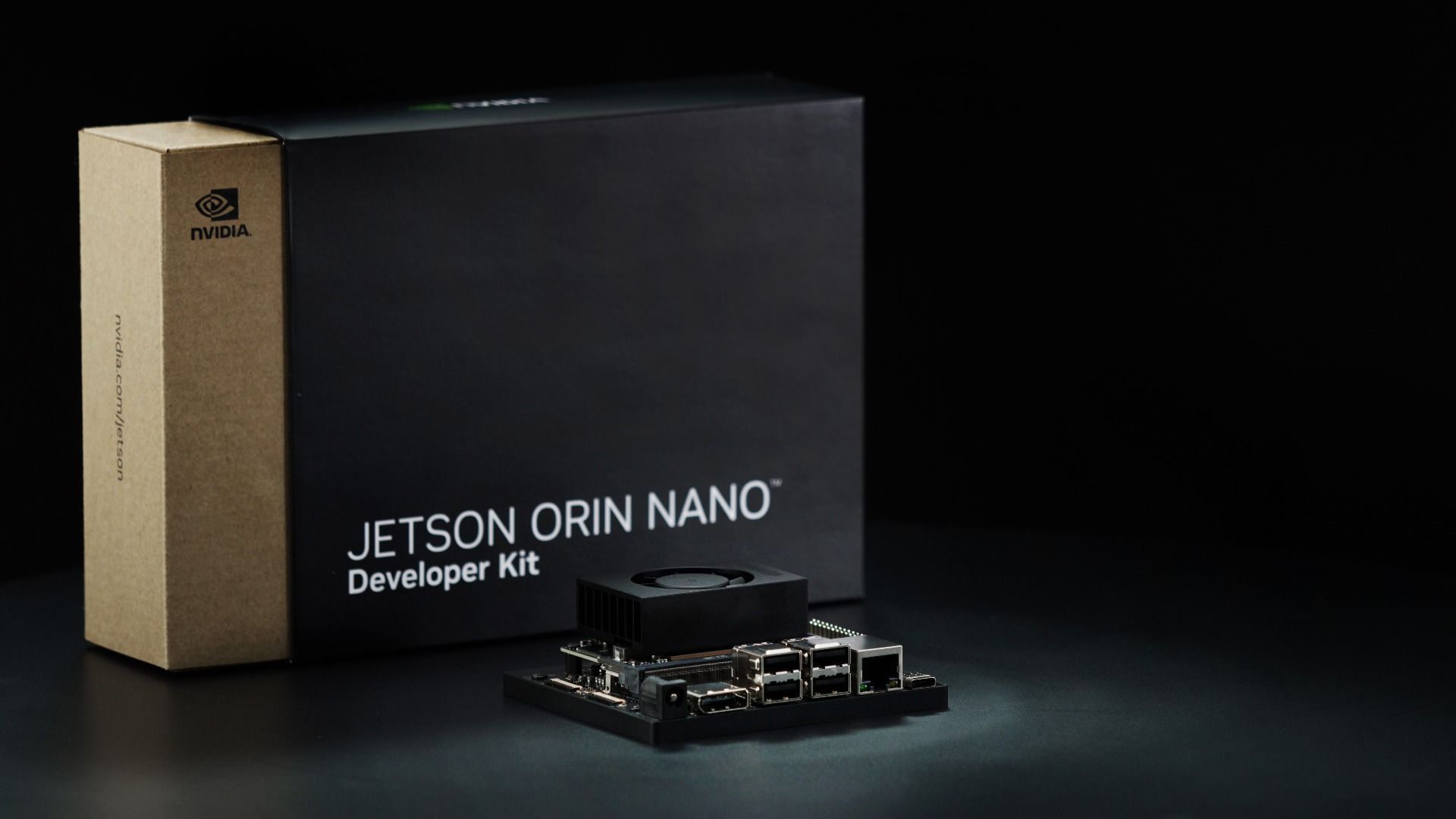
The Jetson Orin Nano is designed for high-performance robotics and AI. Built around NVIDIA’s Ampere architecture, it packs a quad-core ARM Cortex-A78 CPU, 1024 CUDA cores, and 32 Tensor cores. Ideal for computer vision, object detection, and real-time inference, this board can drive autonomous vehicles, robotic arms, or intelligent camera systems.
Key Specs:
- ARM Cortex-A78 + NVIDIA Ampere GPU
- 1,024 CUDA cores / 32 Tensor cores
- 8 GB LPDDR5, 16 GB eMMC (expandable via NVMe/SD)
- Linux-based development with full CUDA/AI stack
Ideal Applications:
- AI-driven navigation and object detection
- Autonomous mobile robots and drones
- Real-time video analytics and multi-camera systems
🔗 LattePanda 3 Delta 864
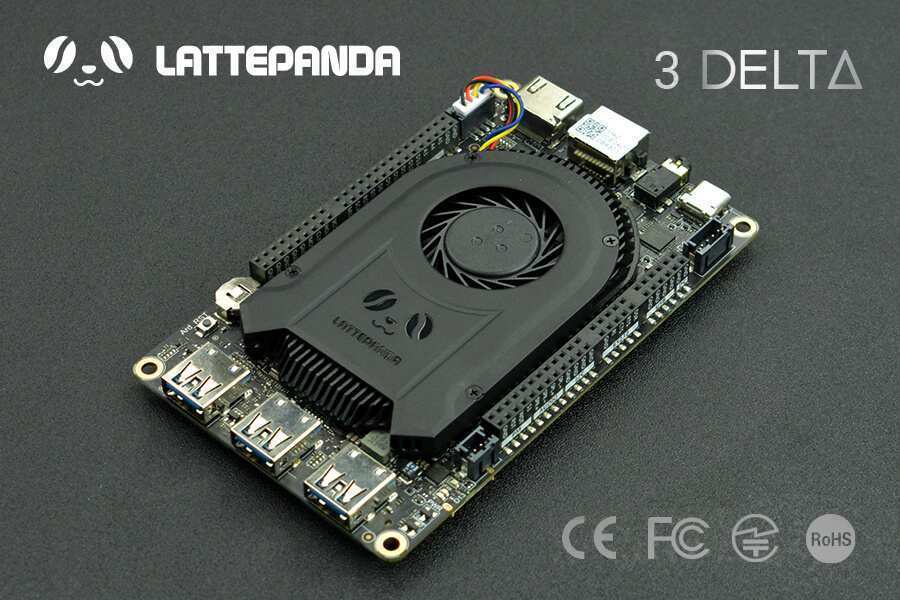
The LattePanda Delta merges the flexibility of Arduino with a full Windows/Linux x86 machine. Powered by an Intel Celeron N5105 @ 2.9 GHz and with 8 GB RAM, it also includes a co-processor accessible via the Arduino IDE. With dual headers and an M.2 slot for expansion, it supports both traditional robotics IO and modern cloud/A.I. tasks. Ideal for hybrid robotics systems.
Key Features:
- Intel Celeron N5105 (2.9 GHz), 8 GB RAM
- Arduino-compatible co-processor
- M.2 + SIM card slot for expansion and cellular
- Windows 10/11 and Linux compatible
Ideal Applications:
- Robotics projects needing full OS support
- Vision processing and cloud-driven automation
- IoT + Robotics crossover use cases
IoT Boards — Wireless First, Always Connected
From Smart Sensors to MQTT Brokers
In the world of IoT, connectivity is everything. Whether you're creating a smart home sensor, remote weather station, or compact MQTT broker, choosing a development board with the right wireless capabilities can make or break your project. This section covers top-tier boards with built-in WiFi, BLE, or both, highlighting those that support dual protocols and those optimised for low-power BLE communication.
Why These Boards Stand Out
- Integrated WiFi and/or Bluetooth for out-of-the-box connectivity
- Optimised for low power use or high-throughput streaming
- Perfect for MQTT, RESTful APIs, sensor dashboards, and home automation
🔗 ESP32-S3

The ESP32-S3 is a hybrid IoT board with both WiFi and Bluetooth Low Energy (BLE) support, making it a go-to choice for AIoT applications. Its dual-core processor, ample flash, and support for voice, vision, and edge ML make it more than just a connectivity module, it’s a complete smart device platform in itself.
Key Features:
- Dual-core Xtensa LX7 @ 240 MHz
- 384 KB SRAM, 16 MB Flash, and integrated WiFi + BLE 5.0
- Support for speech processing, ML, and IoT edge workloads
Ideal Applications:
- Voice-controlled smart devices
- Edge ML vision sensors
- Interactive IoT dashboards
🔗 Raspberry Pi Zero 2 W
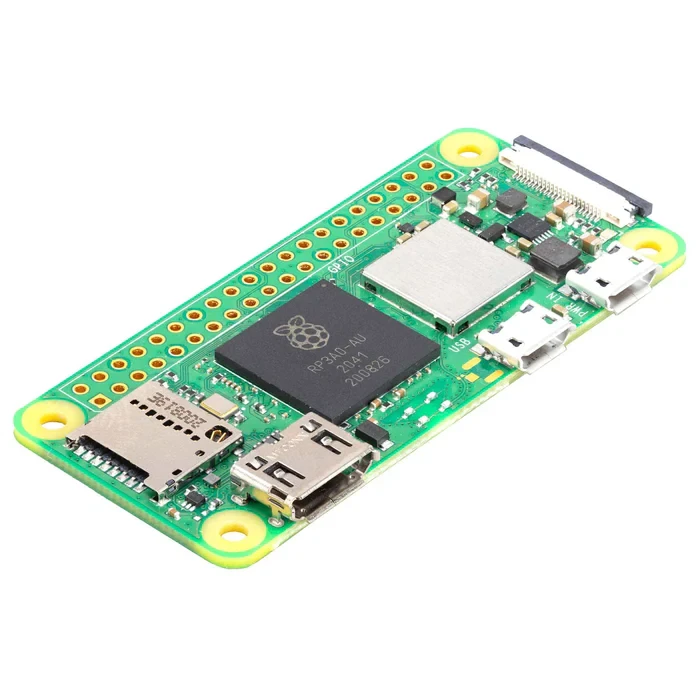
The Raspberry Pi Zero 2 W offers full Linux support in a thumbnail-sized footprint. Built on a quad-core Cortex-A53 CPU, it’s perfect for wireless dashboards, MQTT brokers, or lightweight server tasks, all while sipping power. A great pick for those needing full OS capabilities in IoT deployments.
Key Features:
- Quad-core Cortex-A53 @ 1 GHz, 512MB RAM
- Integrated WiFi 802.11n and Bluetooth 4.2
- Runs Raspberry Pi OS with camera and USB support
Ideal Applications:
- Home automation hubs
- Compact MQTT brokers
- Wireless streaming and camera-based sensors
🔗 Arduino Nano 33 BLE
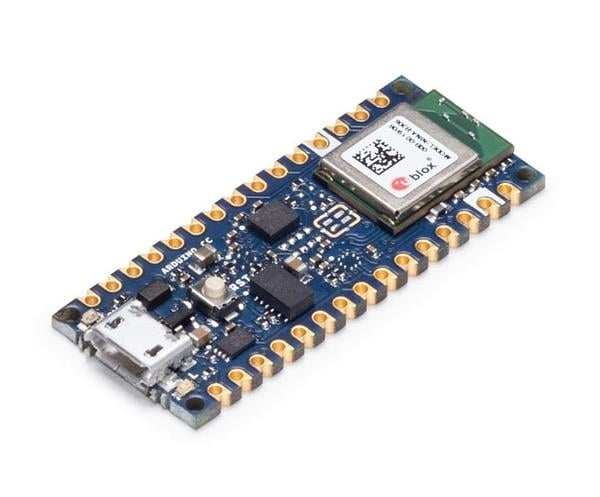
The Arduino Nano 33 BLE is designed for ultra-low power Bluetooth communication. Based on the Nordic nRF52840 chip, it’s ideal for applications like wearables, beacons, and smart sensors that need long battery life with reliable BLE performance.
Key Features:
- ARM Cortex-M4 @ 64 MHz with BLE 5.0 support
- 9-axis IMU onboard for motion sensing
- Arduino IDE compatibility and low power operation
Ideal Applications:
- Wearables and fitness trackers
- BLE-based smart sensors
- Beacon-style device communication
🔗 Nordic nRF52840 DK
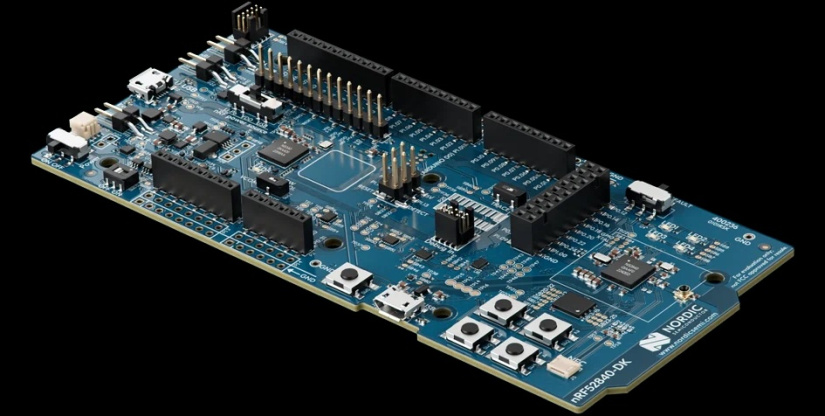
The nRF52840 DK is a developer board for advanced BLE, Zigbee, and Thread-based IoT work. With extensive support via the Nordic SDK and ultra-low power design, it’s a professional-grade platform for battery-efficient wireless systems.
Key Features:
- nRF52840 SoC with ARM Cortex-M4 @ 64 MHz
- 1 MB Flash, 256 KB RAM with USB, NFC, and low-power modes
- Support for BLE, Zigbee, Thread, and Matter (via SDK)
Ideal Applications:
- Smart home devices with Zigbee/Thread
- BLE mesh networks and beacons
- Battery-operated IoT sensors
Long-Range Wireless — LoRa, Zigbee & Thread
Subheading: Go the Distance (and Save Power)
When your devices need to communicate across buildings, fields, or entire homes, it’s time to consider long-range wireless technologies. LoRa offers ultra-low-power, kilometre-spanning communication, while Zigbee and Thread enable secure, responsive mesh networks for smart homes and automation systems. These protocols are essential for battery-operated field sensors, energy-saving home hubs, and reliable industrial data collection.
Why Choose Long-Range Wireless?
- LoRa: Long-range, low-power, ideal for agricultural and outdoor sensors
- Zigbee & Thread: Shorter range mesh protocols, optimised for smart home and industrial IoT
- Matter Compatibility: Thread-enabled devices integrate seamlessly with Matter-supported ecosystems like Apple Home, Google Home, and Amazon Alexa
- Home Assistant Support: Many Zigbee coordinators and gateways plug directly into Home Assistant hubs for automation
🔗 Arduino MKR1310 (LoRa)
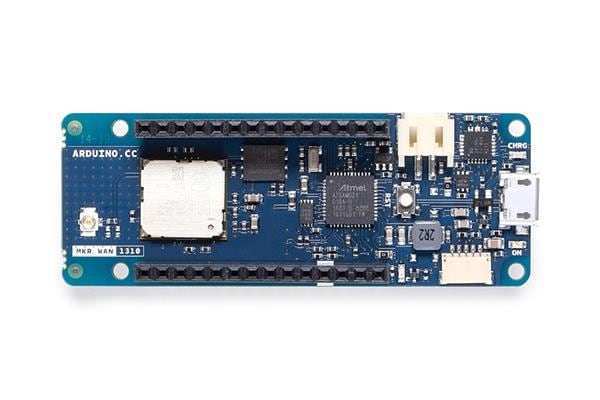
The Arduino MKR1310 is designed for long-range IoT with LoRaWAN support built-in. It’s perfect for low-power weather stations, asset tracking, or agricultural monitoring that need to send data across kilometres without draining batteries.
Key Features:
- ATSAMD21 Cortex-M0+ @ 48 MHz
- LoRa radio module with low power draw
- USB-powered with onboard battery charging
- Perfect for remote sensor deployments
🔗 Seeed Studio Wio Terminal (LoRa)
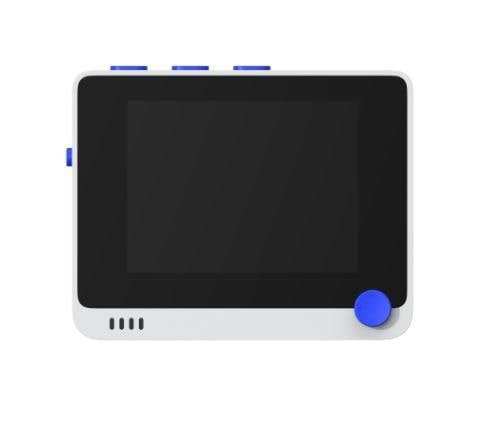
The Wio Terminal with LoRa combines a colour display, battery support, and LoRa connectivity in one handheld device. It's perfect for dashboards, portable LoRa testers, or in-field diagnostics.
Key Features:
- ATSAMD51 Cortex-M4 @ 120 MHz
- 320x240 LCD screen and Grove connectors
- LoRa-E5 module preinstalled
- USB-C charging, Python/C++ support
🔗 ESP32-C6 (Zigbee + Thread)
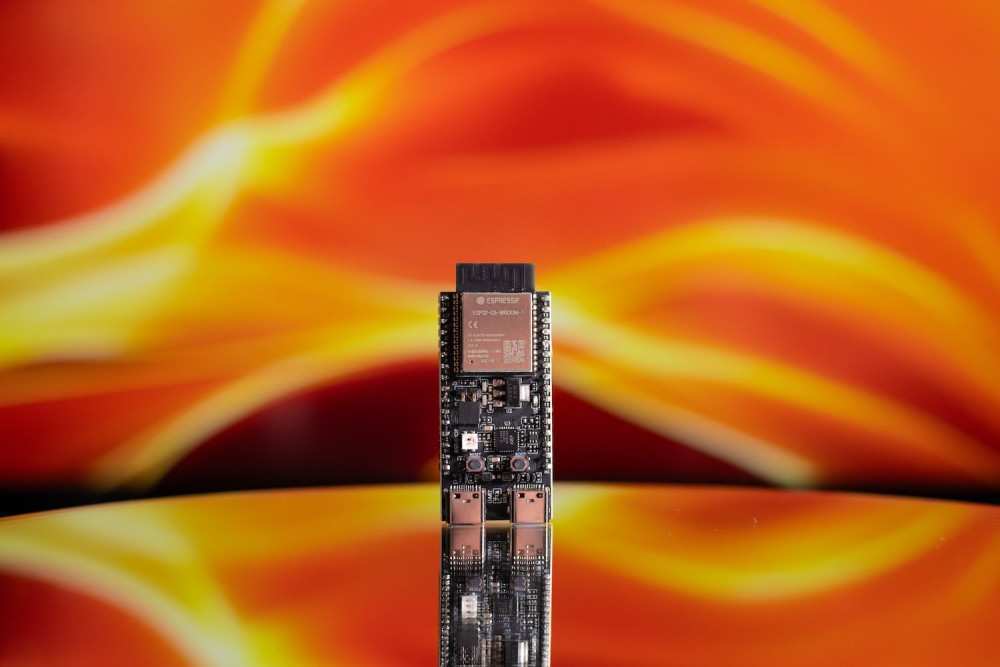
The ESP32-C6 is a RISC-V-based dev board supporting Wi-Fi 6, BLE 5.0, Zigbee, and Thread. A standout for Matter-based automation or smart sensors, it’s ideal for smart home developers wanting full protocol flexibility in a single board.
Key Features:
- 32-bit RISC-V core @ 160 MHz
- Zigbee, Thread, BLE, and Wi-Fi 6 support
- Arduino + ESP-IDF support
- Matter protocol-ready
🔗 Silicon Labs XG24 Dev Kit
The XG24 Dev Kit runs on the same chip that famously ran Doom, the EFR32MG24. Ideal for professional-grade Zigbee, Thread, and Matter applications, especially in battery-sensitive projects like sensors, alarms, and thermostats.
Key Features:
- ARM Cortex-M33 @ 78 MHz
- Supports Zigbee, Thread, BLE, and Matter
- Designed for ultra-low power operation
- Multiple I/O for sensor integration
🔗 ZigStar UZG01 Gateway
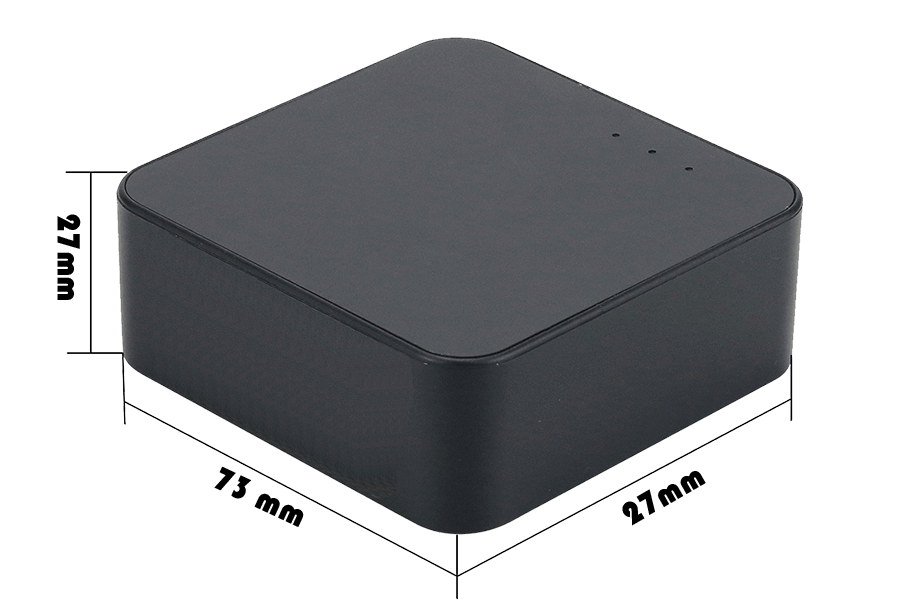
The ZigStar UZG01 is a powerful Zigbee gateway designed for full Home Assistant integration. Built around the CC2652P chip, it features Ethernet, USB, and Wi-Fi for broad deployment, making it the go-to Zigbee coordinator for home automation systems.
Key Features:
- Texas Instruments CC2652P Zigbee chip
- Power-over-Ethernet and multi-interface support
- Fully compatible with Home Assistant and Zigbee2MQTT
- Manages large smart home mesh networks
Protocol Comparison Table
| Protocol | Range | Power Usage | Best For | Compatible Ecosystems |
|---|---|---|---|---|
| LoRa | 2–10 km (line of sight) | Ultra Low | Outdoor sensors, agriculture | LoRaWAN, Helium |
| Zigbee | 10–100 m (mesh) | Low | Smart homes, lighting, motion sensors | Home Assistant, Zigbee2MQTT |
| Thread | 50–150 m (mesh) | Low | Home automation, Matter devices | Apple Home, Google Home, Alexa |
Linux-Based Boards — For AI, Edge & Full OS Projects
Boards with Brains (and Desktop-Class Power)
When microcontrollers fall short, Linux-based boards step up. These single-board computers (SBCs) offer full OS support, making them perfect for running AI models, collecting and processing sensor data, or serving as local development servers. With native compatibility for Python, OpenCV, TensorFlow Lite, Docker, and more, these boards bring embedded and desktop computing together in one platform.
Why Go Linux?
- AI-Capable: Run real-time inference, object detection, and vision models locally
- Development Ready: Supports full IDEs, containerisation (Docker), and remote access
- Edge Computing: Ideal for data-heavy edge tasks with local processing
🔗 Raspberry Pi 5
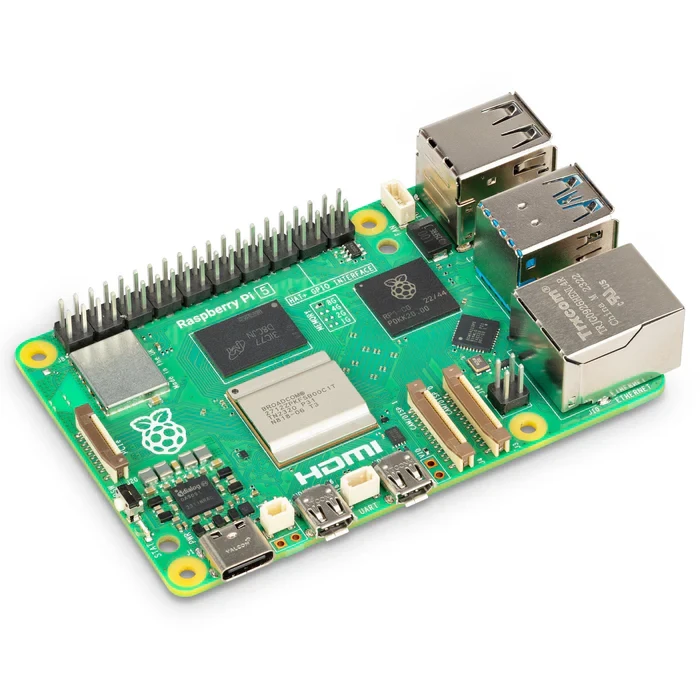
The Raspberry Pi 5 is the latest evolution of the iconic Pi line, now with enough processing power for entry-level machine learning, camera-based automation, or even hosting your own development server. It’s supported by a massive community and hundreds of software tutorials, making it the perfect first step into Linux SBCs.
Specs:
- CPU: Quad-core Cortex-A76 @ 2.4 GHz
- RAM: 4 GB, 8 GB or 16 GB LPDDR4
- Connectivity: Gigabit Ethernet, WiFi 5, Bluetooth 5.0
- Ports: USB 3.0, microSD, 2× micro-HDMI
🔗 LattePanda Sigma
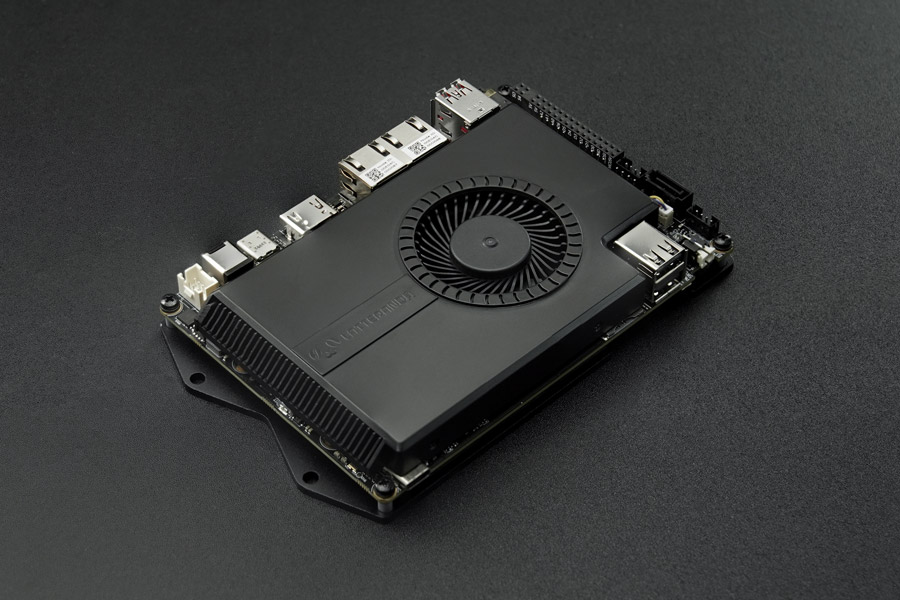
The LattePanda Sigma is a powerhouse SBC with a full x86-based Intel Core i5 processor and up to 32 GB of RAM. It bridges the gap between embedded and desktop computing, ideal for serious AI projects, server deployment, or industrial control applications that need PCIe expansion and full Windows/Linux compatibility.
Specs:
- CPU: Intel Core i5-1340P (12-core)
- RAM: 16–32 GB LPDDR5
- Storage: M.2 NVMe + SATA
- Expansion: PCIe x4, GPIO, Arduino-compatible co-processor
🔗 BeagleBone Black
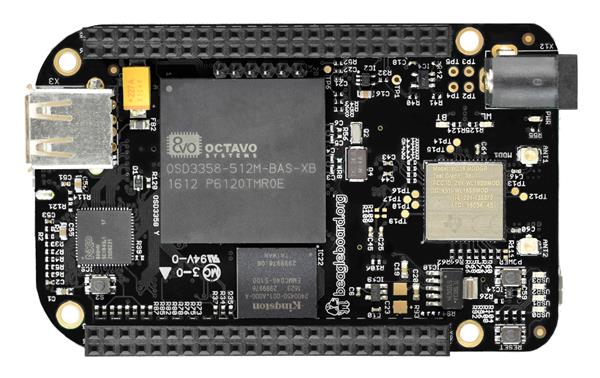
The BeagleBone Black is an open-source classic for industrial and real-time computing. While it may seem modest on paper, its PRU (Programmable Real-time Units) make it perfect for robotics, motor control, and automation interfaces that require precise timing and determinism.
Specs:
- CPU: ARM Cortex-A8 @ 1 GHz
- RAM: 512 MB DDR3
- Onboard eMMC: 4 GB
- Real-Time: 2× 32-bit PRUs for hardware-level control
Battery-Powered Boards — Lightweight, Long-Lasting
Subheading: Build Once, Run for Weeks
Power constraints are real in wearables, asset tracking, and sensor networks. These development boards are designed with ultra-low-power modes, onboard battery charging, and sleep management, giving you the freedom to build devices that can operate for days or weeks on a single charge. Whether you’re designing an e-ink display or a GPS beacon, these boards keep energy efficiency at the core.
Why Choose Battery-Powered Boards?
- Energy-efficient microcontrollers: Sleep-ready and low active power draw
- Onboard charging and power management: Simplifies portable system design
- Ideal for remote and wearable use: No wires, no worries
🔗 Adafruit Feather RP2040
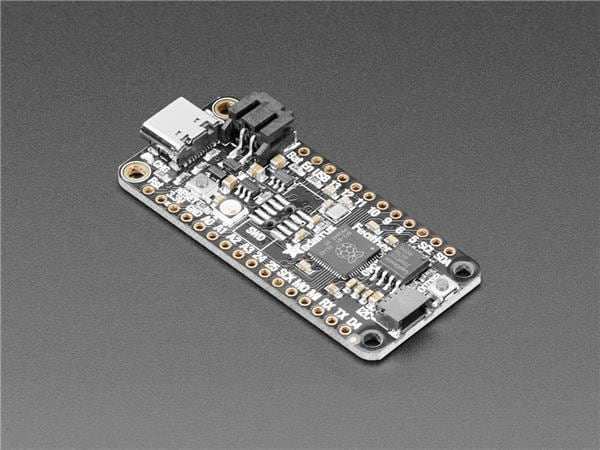
The Feather RP2040 brings Adafruit’s low-power design philosophy to the Raspberry Pi RP2040 chip. It’s compact, rechargeable, and fully compatible with CircuitPython and MicroPython, making it a great choice for battery-first IoT projects. The LiPo charging circuit and deep sleep support are ideal for long-duration deployments like e-ink weather stations or GPS loggers.
Power Highlights:
- Sleep modes supported via CircuitPython & C
- Built-in LiPo charger via USB-C
- Low active power draw with efficient dual-core Cortex-M0+
Ideal Applications:
- Portable weather stations with e-ink displays
- GPS trackers and asset monitors
- Wearable motion sensors or fitness devices
🔗 Nordic nRF52840 DK

Previously mentioned for Bluetooth development, the nRF52840 DK is also a top-tier board for ultra-low-power applications. Nordic’s SDKs make deep sleep and ultra-low-power states accessible to serious developers. With its BLE, Zigbee, and Thread support, it’s ready for battery-backed wireless nodes that last months in the field.
Power Highlights:
- Operating voltage: 1.7V – 3.6V
- Sleep current: < 1 µA with full memory retention
- BLE/Thread radio is designed for long standby and burst transmission
Ideal Applications:
- Environmental sensors running on coin cells
- Wearable BLE devices with multi-day runtime
- Battery-operated Thread mesh nodes for home automation
Quick-Reference Table — Match Use Case to Board
Need a fast recommendation? This quick-reference table maps common project needs to the best development boards and their supported wireless protocols. Whether you’re automating your home or building a robot, this guide helps you quickly align the right board to your project goals.
| Project Need | Best Board(s) | Protocol(s) |
|---|---|---|
| Smart lock | Nano 33 BLE | Bluetooth |
| Voice UI | Jetson Orin / ESP32-S3 | WiFi / BLE |
| Home automation | ESP32-C6 / ZigStar | Thread / Zigbee |
| Long range sensing | MKR1310 / Wio Terminal | LoRa |
| AI robotics | Jetson Orin / LattePanda | WiFi / Linux |
| Ultra low power | Feather RP2040 / nRF DK | BLE |
Final Thoughts — Build With the Board That Fits
There’s no single “best” development board, only the one that best fits your project’s needs. Whether you're building a Bluetooth-enabled wearable, a smart home dashboard, an autonomous robot, or a long-range sensor network, the right board balances power, protocol, and programmability for your specific use case.
Many makers today are embracing hybrid ecosystems. BLE + WiFi for smart assistants, LoRa + cloud for agricultural sensors, Linux + AI for robotics; these combinations unlock smarter, more capable builds. Don’t be afraid to mix technologies and experiment with what works best for you.
👉 Ready to build? Explore even more dev boards, join the community to share your projects, and subscribe on YouTube for weekly inspiration and hands-on reviews.





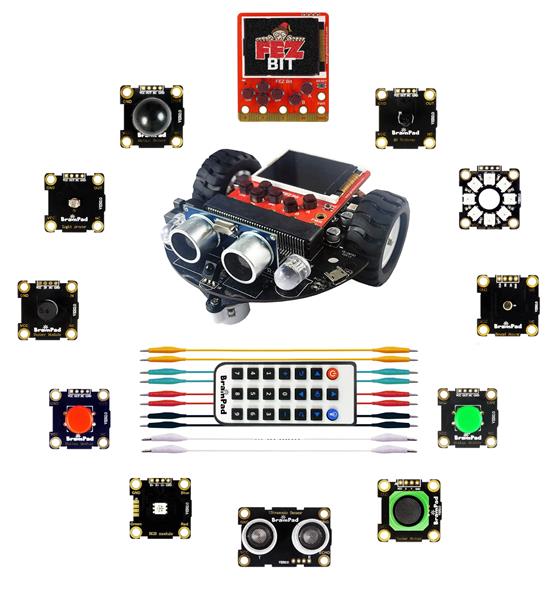
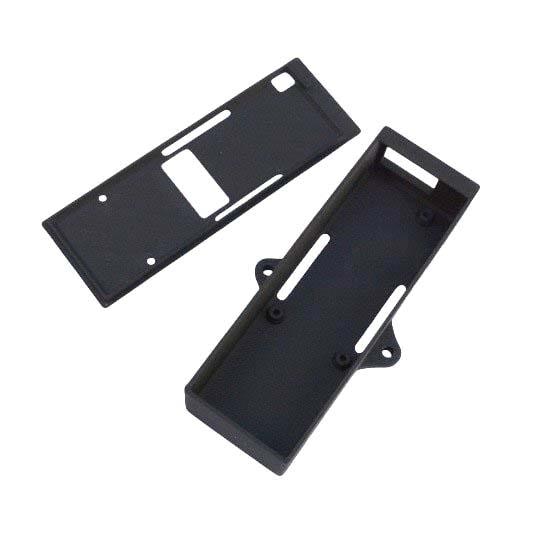
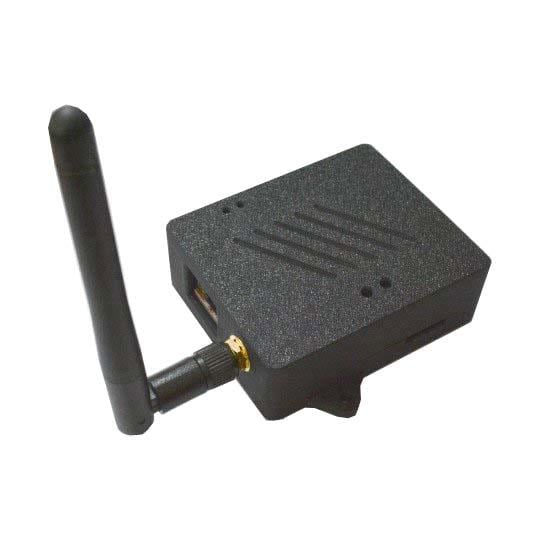
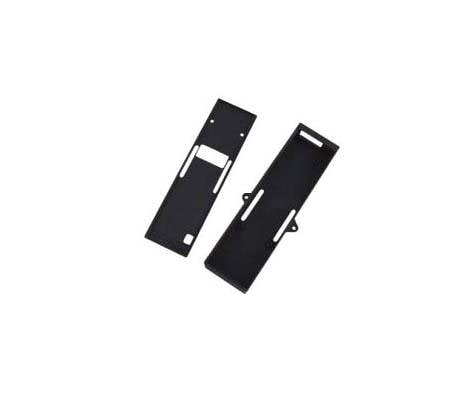

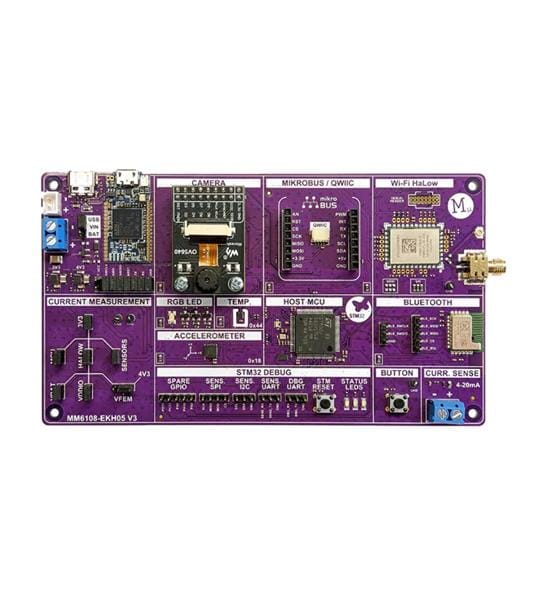
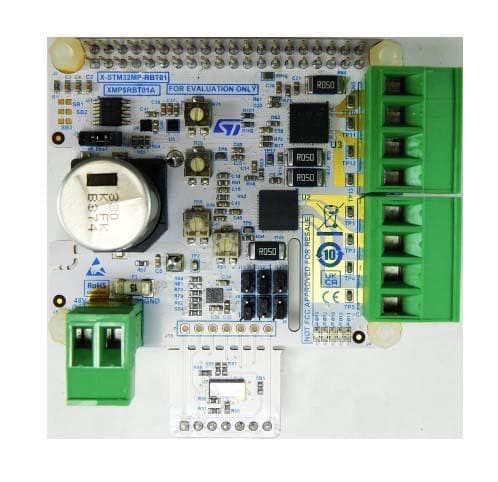
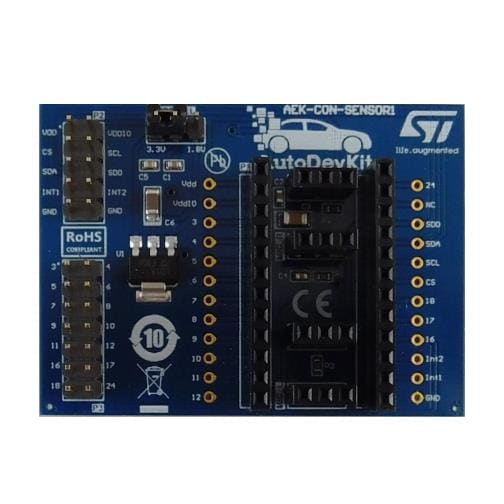
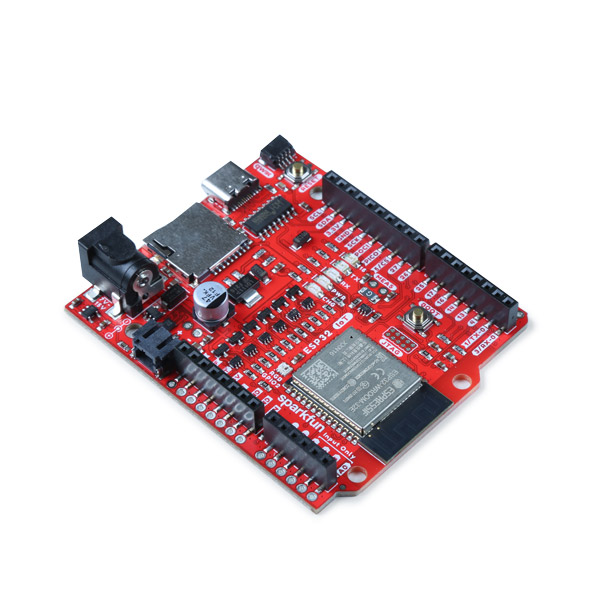
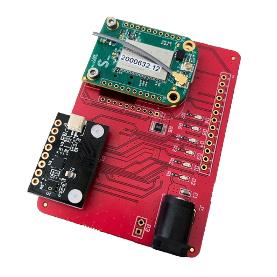
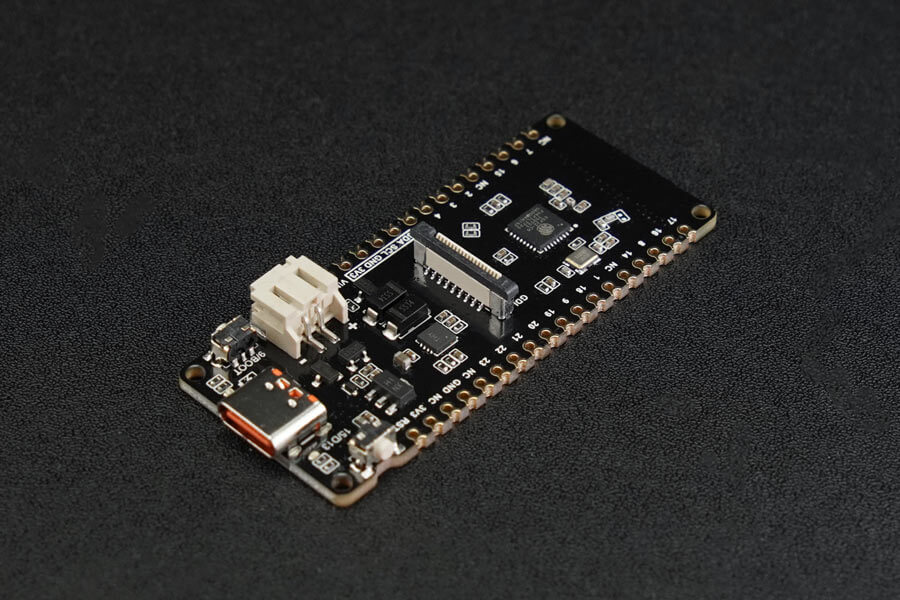
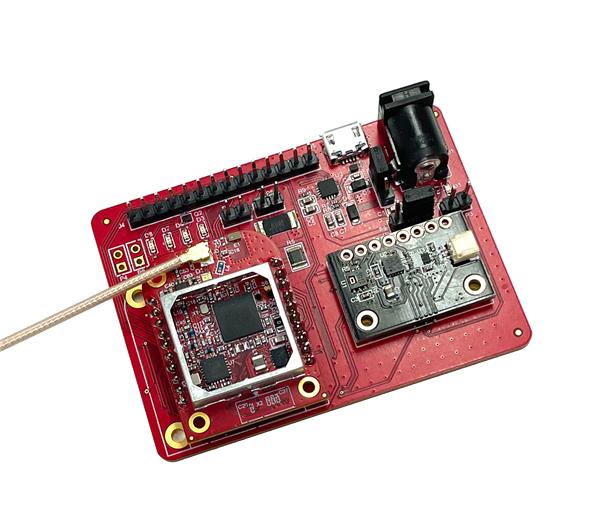
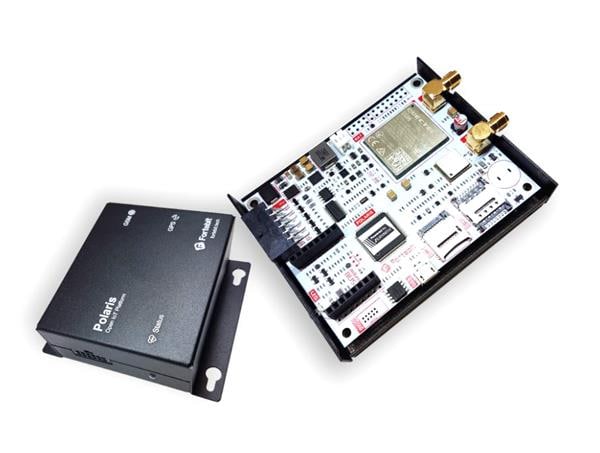
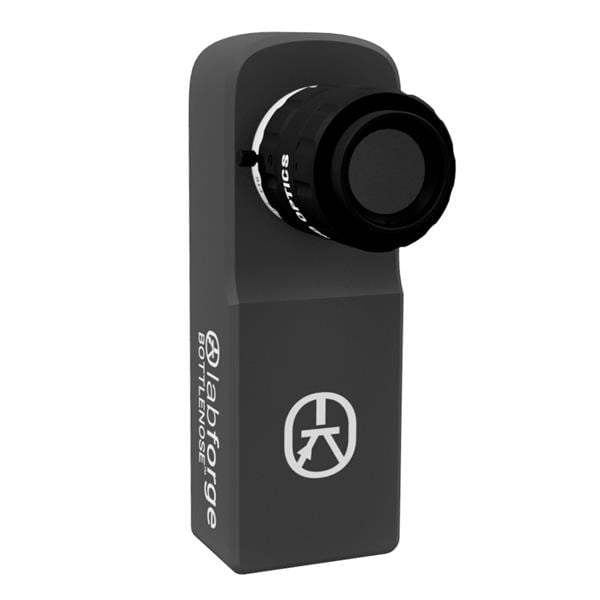
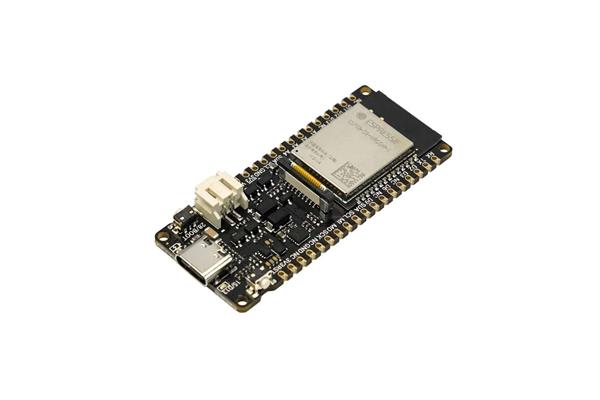
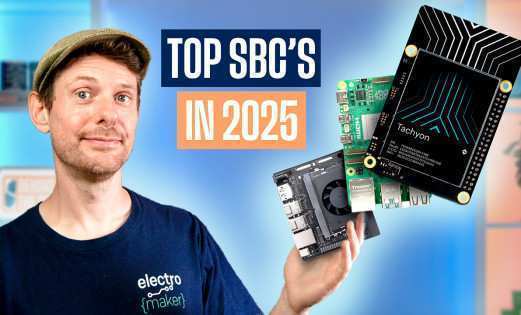
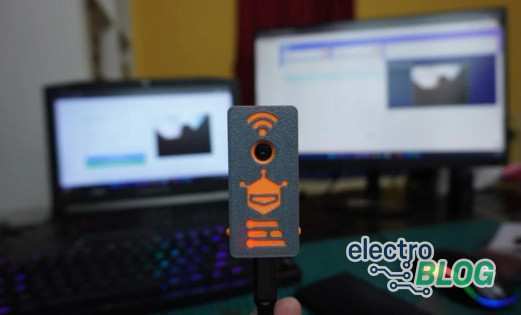
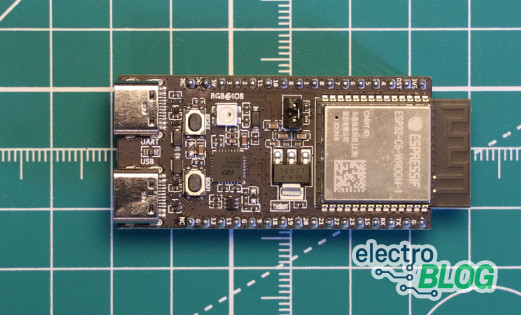
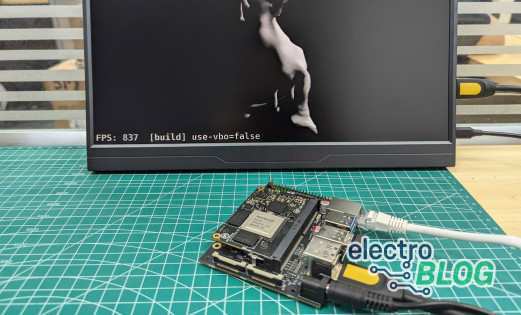
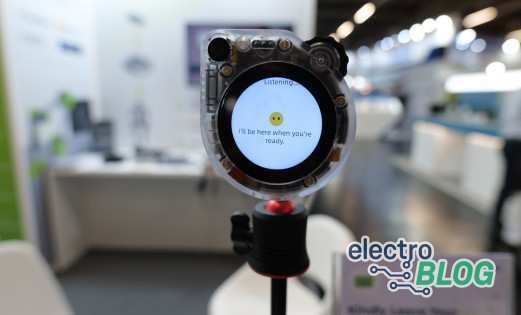
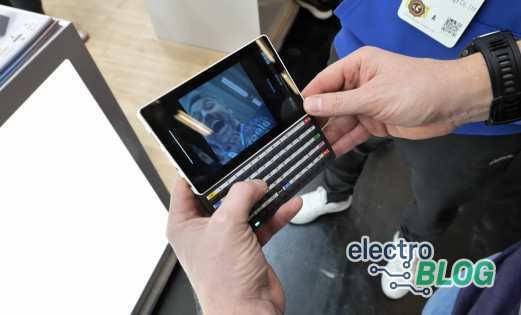



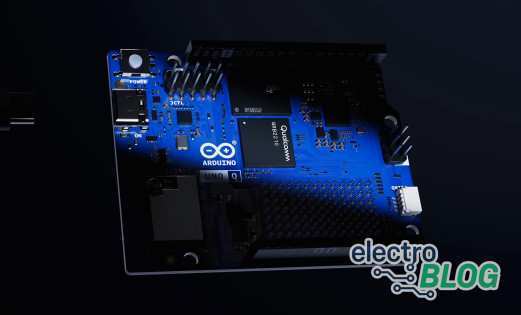
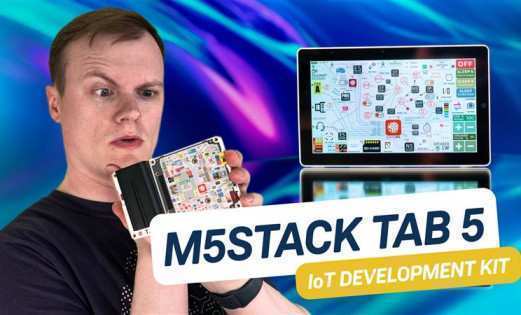
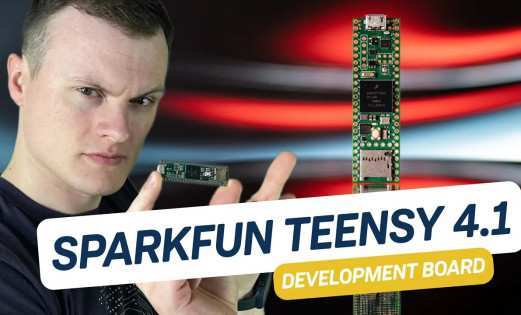
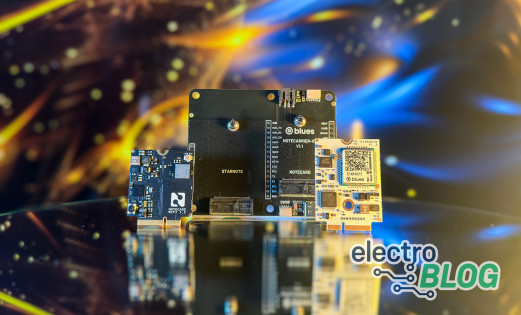
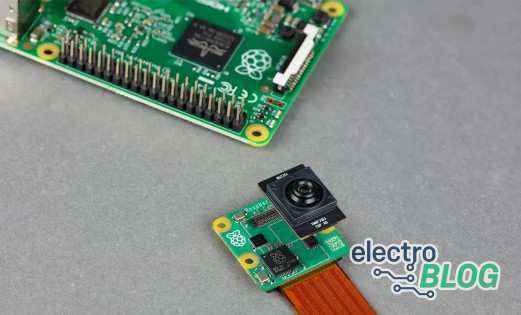
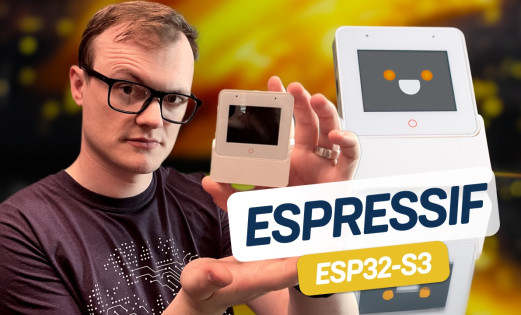
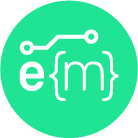
Leave your feedback...